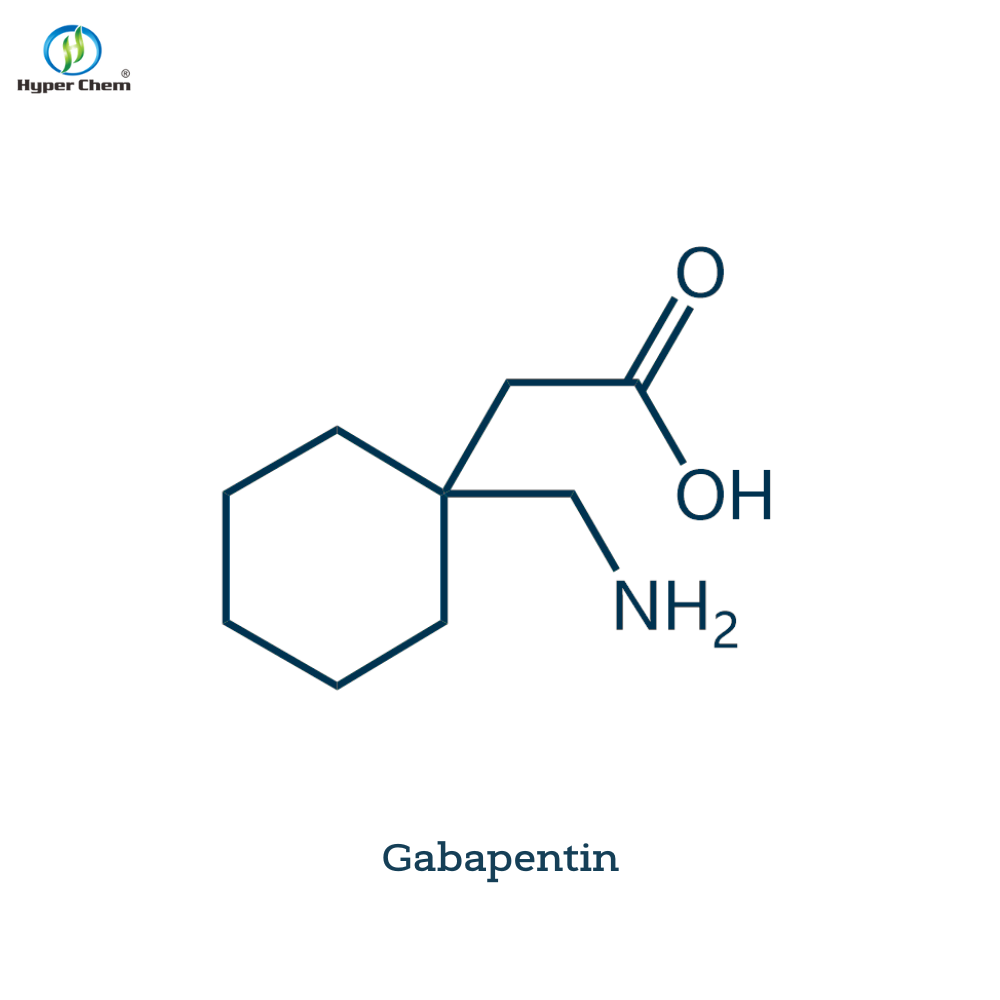-
Categories
-
Pharmaceutical Intermediates
-
Active Pharmaceutical Ingredients
-
Food Additives
- Industrial Coatings
- Agrochemicals
- Dyes and Pigments
- Surfactant
- Flavors and Fragrances
- Chemical Reagents
- Catalyst and Auxiliary
- Natural Products
- Inorganic Chemistry
-
Organic Chemistry
-
Biochemical Engineering
- Analytical Chemistry
-
Cosmetic Ingredient
- Water Treatment Chemical
-
Pharmaceutical Intermediates
Promotion
ECHEMI Mall
Wholesale
Weekly Price
Exhibition
News
-
Trade Service
Ganglioside GM1 is a type of glycolipid that is commonly found in the central nervous system of many organisms, including humans.
It is a major component of the cell membrane in nerve cells and plays a critical role in the proper functioning of the nervous system.
In recent years, Ganglioside GM1 has become a popular ingredient in various consumer products, including cosmetics, supplements, and food additives.
However, there is limited research available on the safety of Ganglioside GM1, particularly in the context of long-term exposure and high dosages.
Chemical Industry Perspective
The chemical industry is responsible for the production and distribution of a wide range of chemicals, including Ganglioside GM1.
As such, it is crucial for the industry to prioritize safety and ensure that all chemicals are safe for human use.
However, the safety of Ganglioside GM1 remains a contentious issue, due to the limited research available on its long-term effects.
While some studies have suggested that Ganglioside GM1 may have potential health benefits, others have raised concern about its potential toxicity and adverse effects.
To address these concerns, the chemical industry must invest in more extensive research on the safety and toxicity of Ganglioside GM1.
This research should be conducted over a longer period of time and at higher dosages to better understand the potential risks associated with long-term exposure.
Health Perspective
From a health perspective, the safety of Ganglioside GM1 is of critical importance.
As a chemical that is found in the cell membrane of nerve cells, Ganglioside GM1 has the potential to affect brain function and development.
While there is limited research available on the safety of Ganglioside GM1, some studies have raised concerns about its potential toxicity.
For example, one study found that high dosages of Ganglioside GM1 could lead to neurotoxicity in rats, suggesting that it may have adverse effects on brain function in humans.
Another study found that Ganglioside GM1 may interact with certain medications, such as antidepressants and antipsychotics, leading to potentially harmful side effects.
This highlights the importance of careful monitoring and labeling of any products containing Ganglioside GM1 to ensure that consumers are aware of any potential risks.
Regulatory Perspective
In many countries, the regulation of chemicals falls under the jurisdiction of government agencies such as the FDA (Food and Drug Administration) or EPA (Environmental Protection Agency).
These agencies are responsible for ensuring that all chemicals are safe for human use and do not pose a risk to public health.
However, the regulatory landscape for Ganglioside GM1 remains complex and uncertain.
While some countries have regulations in place for the use of Ganglioside GM1 in food and supplements, others do not.
This lack of regulation raises concerns about the safety of products containing Ganglioside GM1 and the potential for negative health effects.
In conclusion, the safety of Ganglioside GM1 is a critical issue for both the chemical industry and public health.
While the limited research available suggests that Ganglioside GM1 may have potential health benefits, there is still much to be learned about its long-term effects and potential risks.
The chemical industry must invest in more extensive research to better understand the safety of Ganglioside GM1, while regulatory agencies must work to establish clear guidelines and regulations for its use in consumer products.
Ultimately, the safety of Ganglioside GM1 will require a collaborative effort from both industry and government to ensure that it is used responsibly and safely for the benefit of public health.







